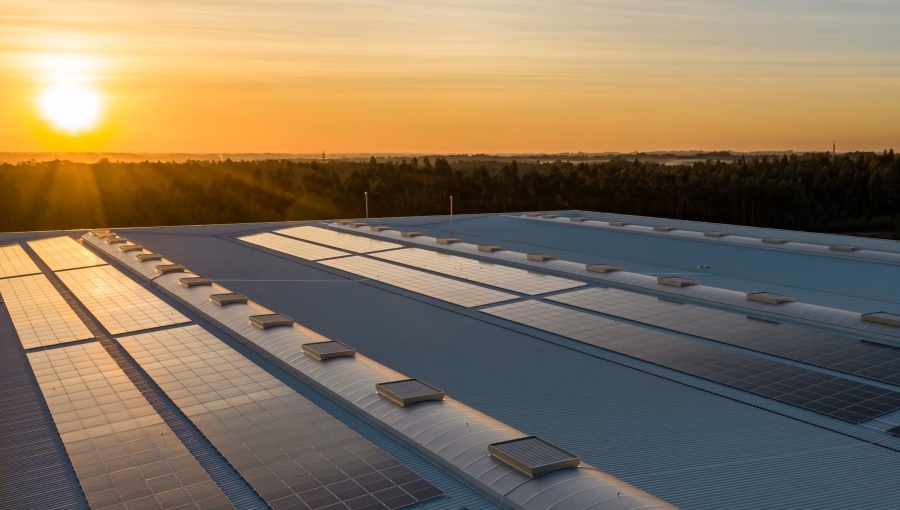Taiwan’s solar revolution faces persistent challenges

Taiwan’s solar power industry is forging ahead amid an ambitious drive to help reshape the nation’s topsy-turvy energy landscape, but the journey remains fraught with physical constraints, industrial demand, and questionable societal issues.
As of 2024, Taiwan had installed solar photovoltaic capacity of approximately 14.3 GW, generating some 15.3 TWh - accounting for around 5.2% of the country’s electricity output. Across the broader renewable energy sector, the share rises to nearly 17% of national generation sources suggest.
Ambitious targets
The government in 2023 set a national target of 20 GW of solar capacity by 2025 as part of a broader plan that includes offshore wind, which aims for 5.6 GW by the same year. The so-called “Forward-Looking Infrastructure Development Programme” underpins these aspirations, targeting 8 GW from rooftops and 12 GW from ground-mounted installations by just about now.
Yet, with only around 10% of eligible private buildings currently hosting solar PV systems, the government has launched a Residential Rooftop Solar Acceleration Scheme (2025–28). This promises TWD4.08bn ($158mn) in incentives - potentially creating 1.2 GW of new capacity and stimulating investment of roughly $2.2bn across 120,000 households.
Meanwhile, “Green Energy Roofs” initiatives encourage solar array installation on new buildings, with feed-in tariff arrangements offering returns over two decades, even without direct subsidy.
Industrial demand VS supply
Much of this, when generated, will be needed to feed Taiwan’s powerhouse semiconductor industry, spearheaded by TSMC. The industry consumes an ever-increasing share of electricity - about 6.4% of the national total in 2021, Reuters reported.
Yet the bulk of the country’s electricity still comes from fossil fuels, primarily in the form of coal and gas, and with nuclear power switched off, albeit with the glimmer of hope of a return given an August 23 referendum on restarting a mothballed reactor, renewables have yet to fill the gap.
Boosting solar capacity is thus not simply a climate necessity but a nationwide imperative to ensure energy security. The transition from reliance on imported fuels - which account for about 97% of Taiwan’s energy - can only be achieved through sustained, stable domestic generation.
One encouraging development seen of late, however, is global players like Google investing in Taiwan’s solar sector. In mid-2024, Google acquired a stake in New Green Power and pledged to source up to 300 MW of solar, boosting confidence in building a 1-GW solar pipeline and supporting Taiwan’s 2025 targets Reuters reported in 2024.
Balance, innovation and bribes
Taiwan’s pathway to net-zero by 2050 though still depends heavily upon solar. National projections envision 30 GW of photo-voltaic capacity by 2030 and up to 80 GW by mid-century. Analysts see these numbers as doubtful at best given finite land resources, societal friction and the common but often ignored levels of corruption seen in Taiwan at the local level to get projects started.
The most recent example of this was reported by Focus Taiwan in March with prosecutors in Changhua County, central Taiwan indicting six individuals including military personnel and a broker for soliciting bribes related to a solar panel project dating back to 2022.
The scheme involved contractors paying TWD200mn ($6mn), half of which was allegedly designated as a bribe. The accused faced charges under Taiwan's Anti-Corruption Act, with potential sentences ranging from eight to nine years but are essentially the tip of the iceberg according to industry insiders.
Nevertheless, innovation and policy are making progress despite all the hurdles.
Floating solar, rooftop roll-outs, and collaborative ventures with Big Tech are all part of a multifaceted approach to securing Taiwan’s energy future. Even with the problems, legal and otherwise, the commitment is clear: a greener, more self-sufficient Taiwan powered - quite literally - by the sun.



Follow us online